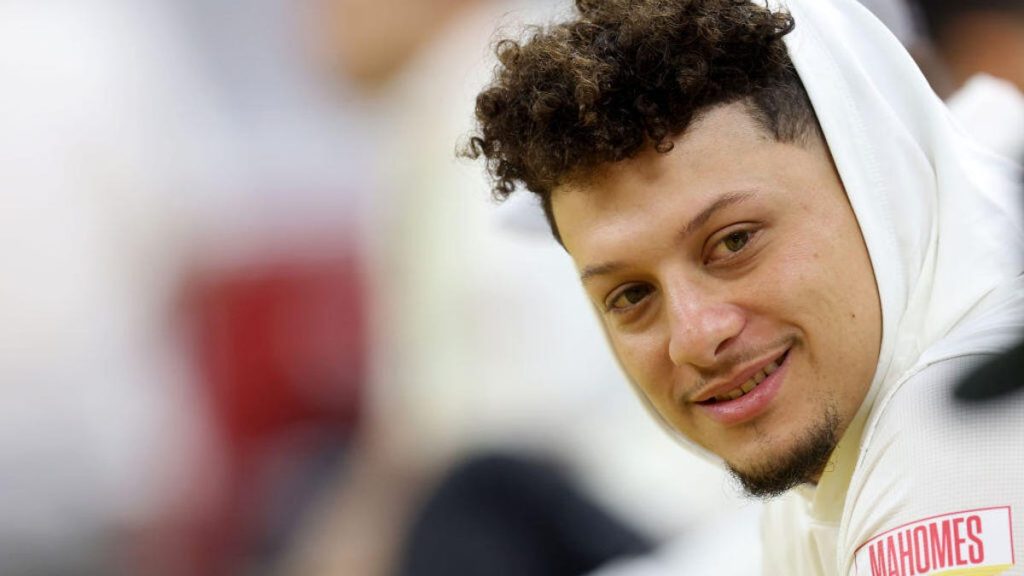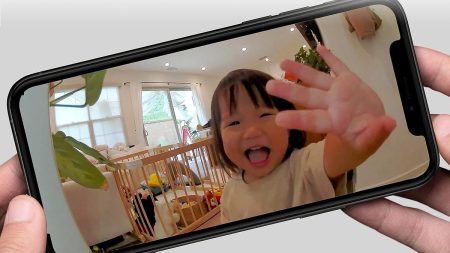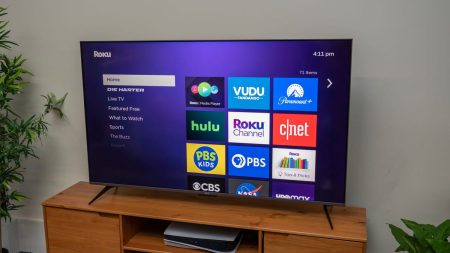The Super Bowl Slip-Up and the Rise of AI-Driven Humor
The Kansas City Chiefs and their star quarterback, Patrick Mahomes, had a forgettable Sunday as they faced a decisive 40-22 loss in Super Bowl LIX. While the game itself was a letdown for Chiefs fans, it became fodder for content creators who wasted no time in crafting a humorous, albeit controversial, deepfake video. The AI-generated clip quickly went viral, sparking both laughs and discussions about the ethical implications of such technology. The video, posted on both TikTok and YouTube, featured a fake Patrick Mahomes delivering a self-deprecating monologue, acknowledging his poor performance and even taking jabs at his teammates and coach.
AI-Generated Satire and Its Viral Impact
The deepfake video, created using Parrot AI, was surprisingly convincing, with many viewers initially believing it to be real. The fake Mahomes could be heard saying, "I’m a choker, I’m a trash can. Jalen Hurts absolutely destroyed me tonight," referring to the opposing quarterback who outperformed him. The humor didn’t stop there; the AI-generated Mahomes also mocked his teammate Travis Kelce, suggesting that Kelce was more preoccupied with his hair to impress his girlfriend, Taylor Swift, than with the game. By Monday afternoon, the video had racked up an impressive 7.7 million views and over 557,000 likes on TikTok alone. Despite the disclaimer that the video was AI-generated, many viewers were still fooled by its realism, with some even praising it as the most realistic deepfake they’d ever seen.
The Blurred Lines of Reality and AI
One of the most striking aspects of this deepfake video was its ability to blur the line between reality and fiction. While the creator included a watermark and labeled the video as AI-generated to comply with TikTok’s guidelines, the average viewer might not have noticed these subtle cues. Upon closer inspection, however, the video revealed telltale signs of AI generation, such as the unnatural quivering of Mahomes’ mouth and jaw. These imperfections, however, were not enough to deter viewers, and the video continued to gain traction, with many expressing amazement at how far AI technology has come. The video served as a stark reminder of the potential for deepfakes to be used for both entertainment and deception.
Celebrity Deepfakes: A Growing Trend
Patrick Mahomes is not the only celebrity to find himself at the center of an AI-generated deepfake. In recent years, this technology has been used to create fake videos of numerous high-profile individuals, including Tom Hanks, Gayle King, Elon Musk, and even former President Donald Trump. Some of these deepfakes have been harmless, like the one featuring Mahomes, while others have been more problematic, spreading misinformation or invading the privacy of the individuals involved. For instance, a deepfake of Ukrainian President Volodymyr Zelenskyy falsely instructed Ukrainian soldiers to surrender during the ongoing conflict with Russia, highlighting the dangerous potential of this technology.
Reactions and the Broader Implications
The reaction to the Mahomes deepfake was mixed, with many fans taking the video in stride, finding it humorous and lighthearted. One Chiefs fan even commented, "I’m a Chiefs fan, and this is funny as hell," showing that not everyone took the video seriously. However, the broader implications of deepfake technology cannot be ignored. As these videos become more sophisticated, the risk of them being used to manipulate public opinion, spread false information, or damage reputations grows exponentially. In response to these concerns, tech giants like Facebook and Google are taking steps to combat the spread of deepfakes, making it easier to identify and remove such content from their platforms.
The Ongoing Challenge of AI Misinformation
The Mahomes deepfake is just one example of how AI-generated content is reshaping the way we consume information and entertainment. While the video itself was meant to be humorous, it underscores the need for vigilance in an era where the line between reality and AI-generated content is increasingly blurred. As technology continues to evolve, it’s crucial for both creators and consumers to be aware of the potential risks and to take steps to verify the authenticity of the content they encounter. Whether it’s through improved labeling of AI-generated content or educating the public about the telltale signs of deepfakes, the fight against misinformation is an ongoing battle that requires a collective effort. As we move forward in this digital age, finding a balance between the creative potential of AI and the need to protect individuals and society from its misuse will be a challenge unlike any we’ve faced before.












